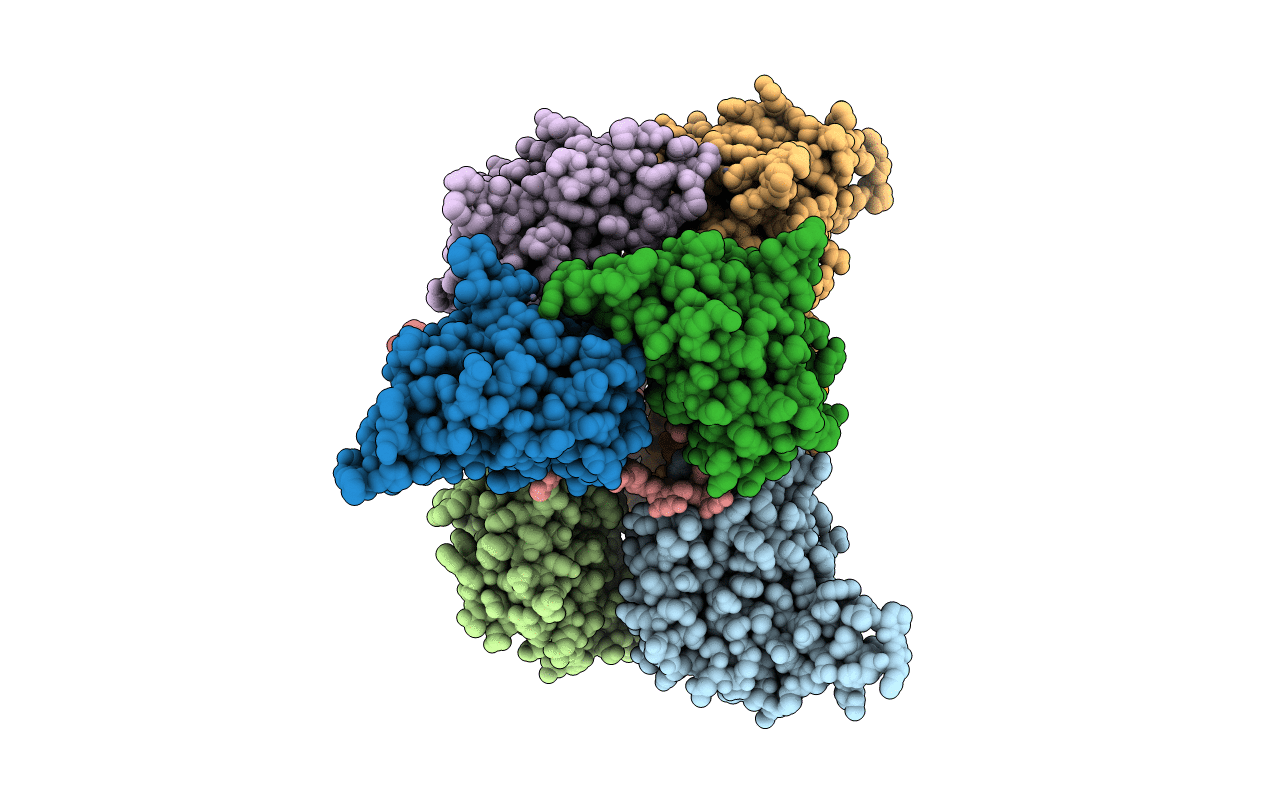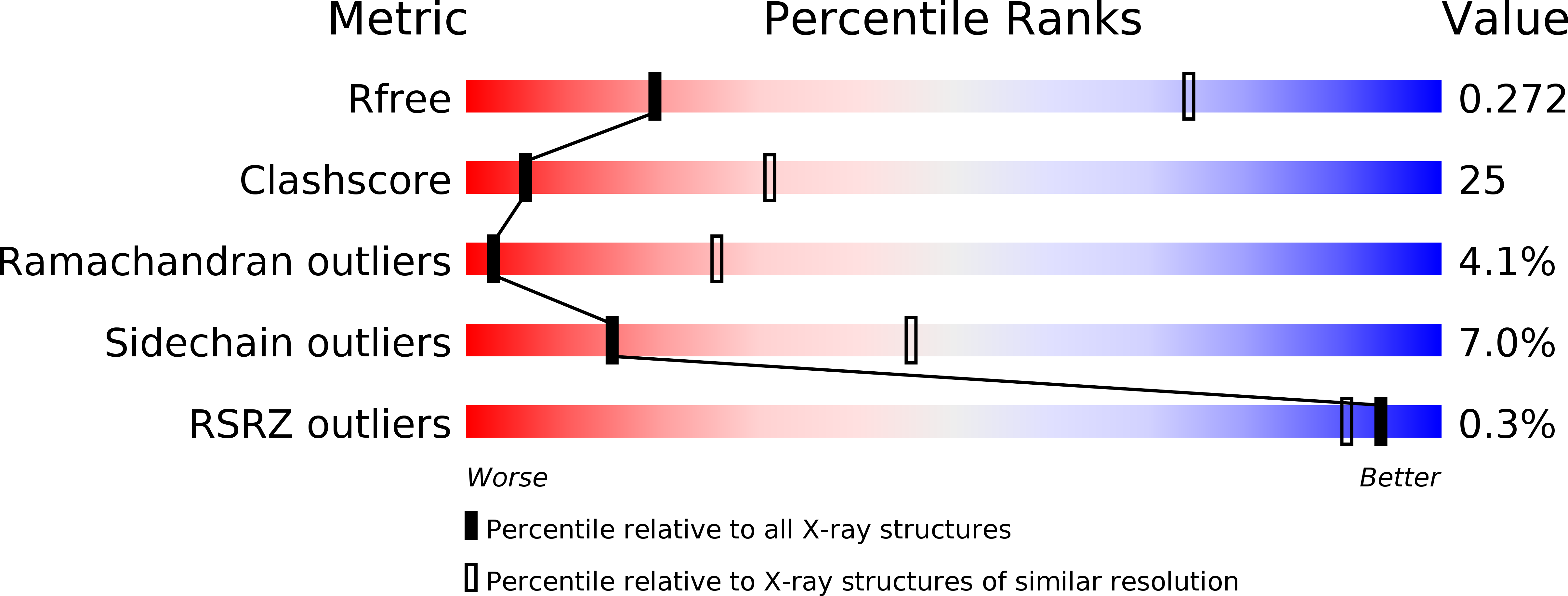
Deposition Date
2017-06-06
Release Date
2017-12-13
Last Version Date
2024-10-16
Entry Detail
PDB ID:
5W2M
Keywords:
Title:
APOBEC3F Catalytic Domain Complex with a Single-Stranded DNA
Biological Source:
Source Organism:
Homo sapiens (Taxon ID: 9606)
Host Organism:
Method Details:
Experimental Method:
Resolution:
3.70 Å
R-Value Free:
0.26
R-Value Work:
0.24
Space Group:
P 1


